6 Balance & Body awareness exercises that may help save your skiing & snowboarding!
Recently I’ve been doing some fun activities, particularly gymnastics. Even though I surprised myself what I could still do, I was also shocked that when taken out of my comfort zone, or away from ‘normal’ activities how my balance wasn’t so good! I’ve really noticed how our bodies become good at normal/regular movement patterns, but as soon as we for example spin / move our heads / try and do more than one task we falter. This is hugely applicable to skiing and snowboarding – the terrain is constantly changing, so learnt movement patterns need to adapt, our body needs to respond and this all requires good balance to do so! We’re also frequently faced with more than one task; not only remaining in control while skiing/snowboarding, but also dealing with other people on the slopes (distractions) or having to deal with poor visibility.
Either way improving your balance is going to help you improve your body awareness, control and performance – and may just help you save that fall! Below are some examples of exercises that you could incorporate into a balance programme, or just add one or two exercises a day prior to your ski holiday to get these balance mechanisms switched on and ready for action! Similarly a couple of these exercise before heading out in the morning to hit the ski slopes, will help activate and wake up those balance systems and muscles!
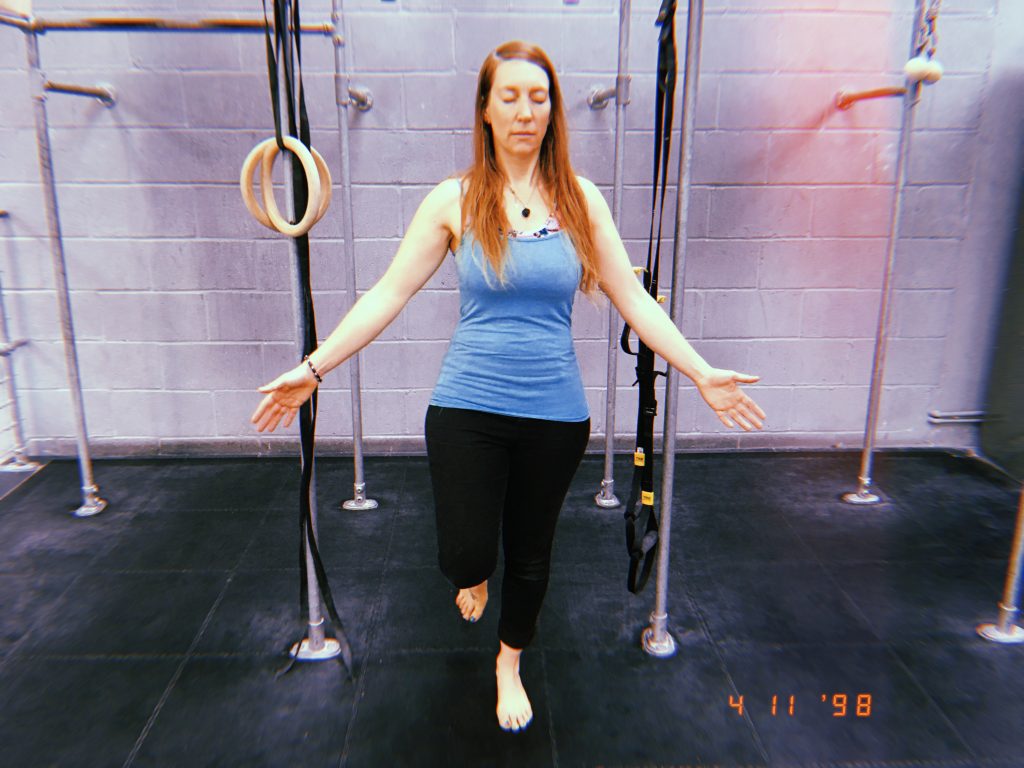
- Balancing with eyes closed: this is a great way to help improve your proprioception – or your bodies ability to tell your brain what is going on in the muscles and joints. This is of huge value in skiing and snowboarding, as continual feedback from your joints and muscles is important, but is hugely significant when it comes to riding in poor visibility. Now that your eye sight can not be relied on in the white out conditions, its down to your proprioceptive system to help and keep you riding strong and stay in control.
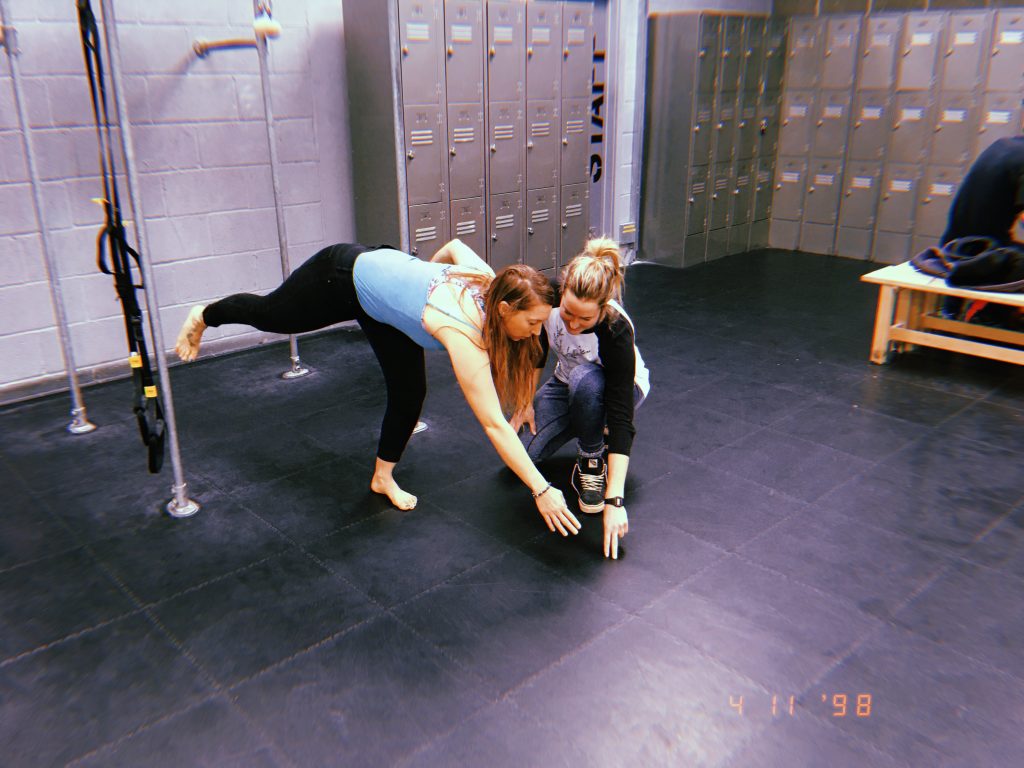
2. Single leg reaches – you do not have to have a partner for this – you can just reach out or place some cotton buds, coins etc on the floor to aim for. You want to focus on ankle, knee and hip control as well as your core. Think to keep the pelvis facing forwards (or down the fall line in skiing)- think to keep activated those lower abs and core muscles will help. Next try not to let the knee drop in and keep it roughly in line with your 2nd/3rd toes. Also try not to let the pelvis, or hip drop down too much. This is also a great way to strengthen the hamstrings and gluts, as well as the calf and feet muscles. All good stuff in preparation and/or activation for getting on the slopes right?
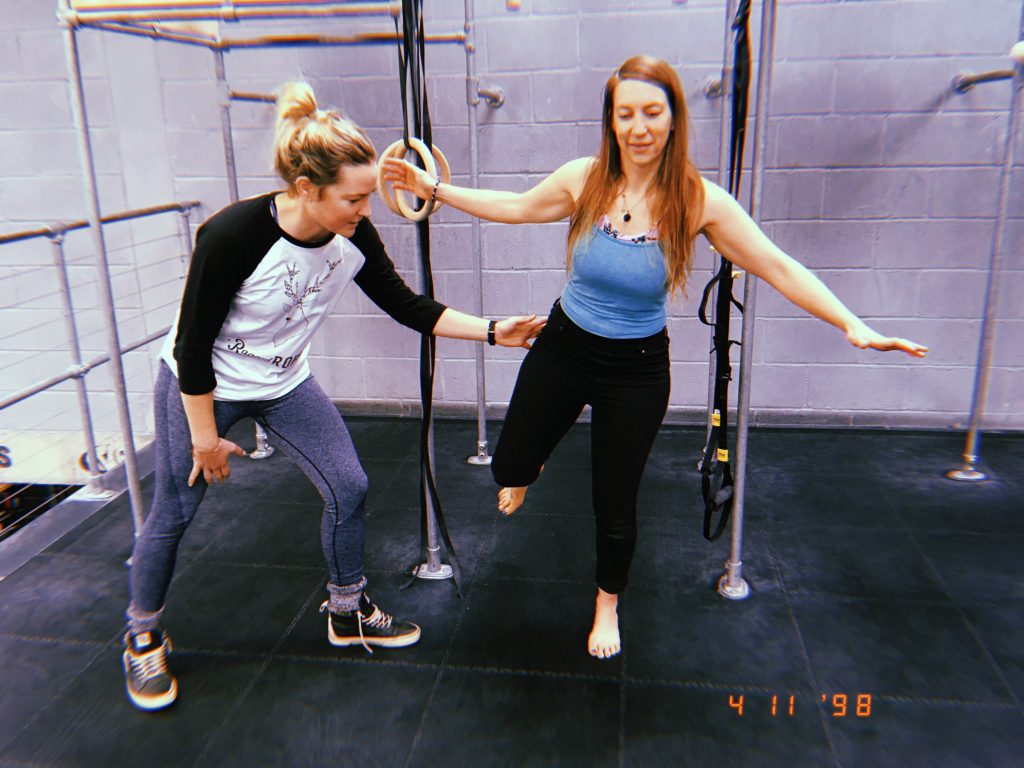
3. Single leg balance and stick. Here it helps to have a buddy to push you! Start on two feet, then progress to one, then finally one foot with eyes closed. Having someone nudge you from different angles and different points on your body will activate your saving reactions – which come in handy on tricky snow terrain, or when we are up against those powerful external forces while skiing and snowboarding, especially at speed. The other option here when without a partner is to throw and catch a ball against a wall.
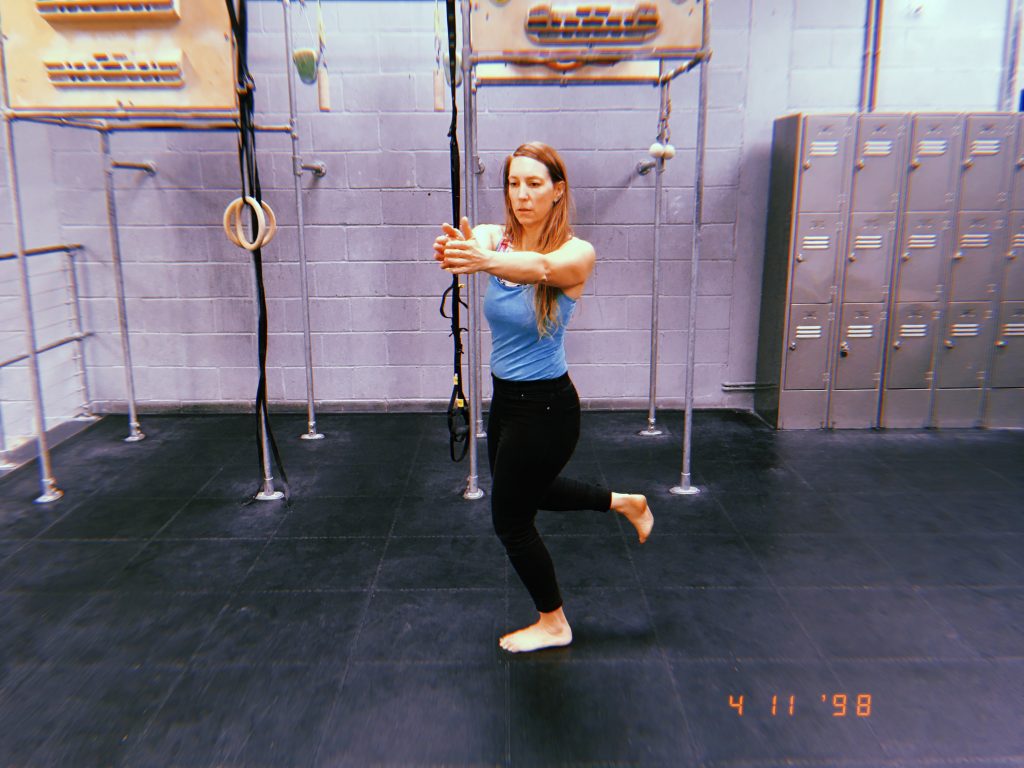
4. Rotational separation. In skiing you need good control to maintain your shoulders and torso down the fall line, but allow the hips and lower body to rotate and move with control. Devloping your core will help with these movements. Even though the exercise above gets your rotating differently (with your upper, which we don’t tend to want in skiing), it is still a great exercise to work in flexibility and control, separating upper body form pelvis and lower body.
Here you want to maintain a neutral pelvis and keep the core on so it stays facing forwards, and doesn’t drop on one side. Watch that the knee stays in line and doesn’t collapse in. Try and think to activate your core and obliques to point your upper body and arms over to one side, without too much twist at the pelvis. Repeat 10 each side, then swap legs. Again this is great for strengthening the hip, knee and feet muscles.
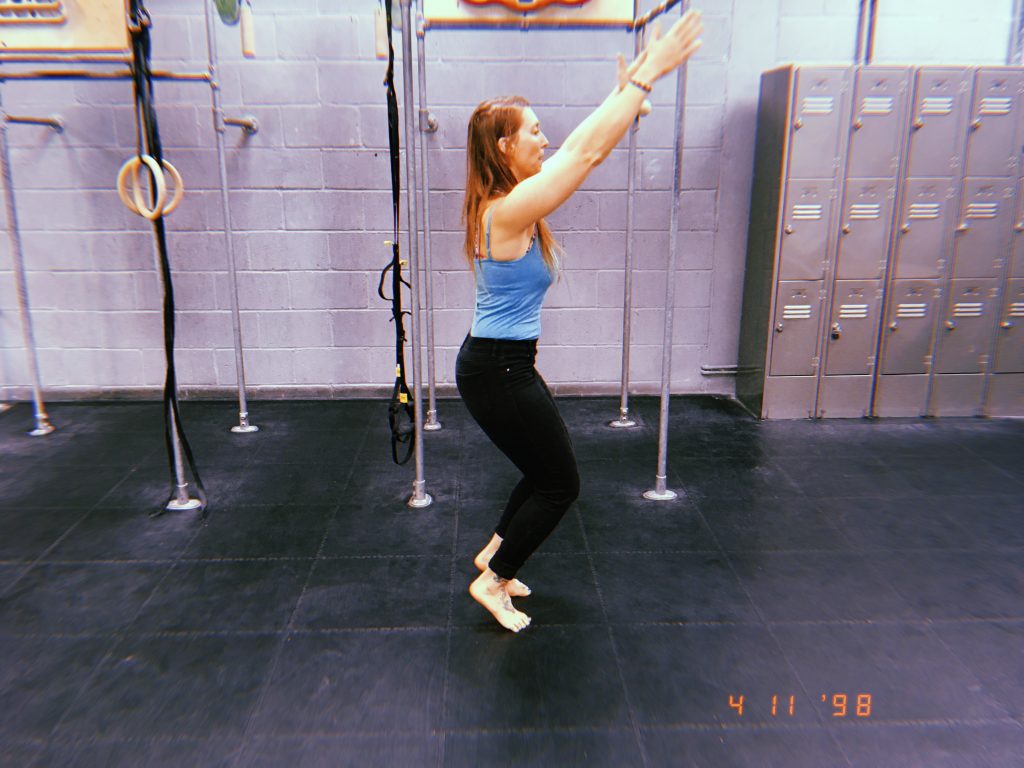
5. Heel raise balance control. Start by lifting your arms above your head while simultaneously raising your heels off the ground with your knees straight. Maintaining your heels off the floor slowly bend the knees – watch your knees do not collapse in. Maintain this position for approx 5 seconds, then keeping the knees bent lower your heels down (also achieving a good stretch in the soleus muscle of the calf complex). Finish by straightening up the knees to standing. Repeat with control x 10
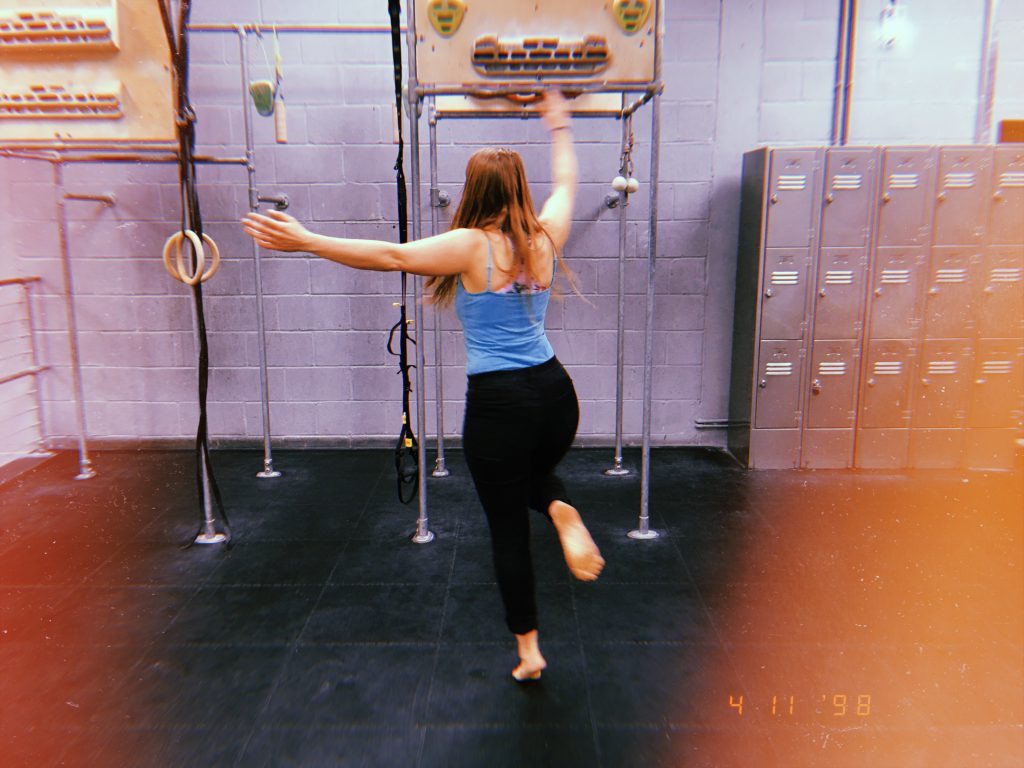
6. Spinning. This may sound a little bizarre, but moving your body away from its normal boundaries is a great way of testing yourself. Let go and have fun!! Try spinning just 180 degrees then build from there. This will wake up your vestibular system ( a balance organ within the ears). It is the sensory system that provides the leading contribution to the sense of balance and spatial orientation for the purpose of coordinating movement with balance. Sounds pretty pertinent to skiing and snowboarding right? Give it a go, getting spinning!!
Other good exercise are doing multiple tasks at one time – so give any of the above a go, while trying to throw/catch a ball with a friend, or doing mental challenges such as counting down in odd numbers whilst performing the exercises.